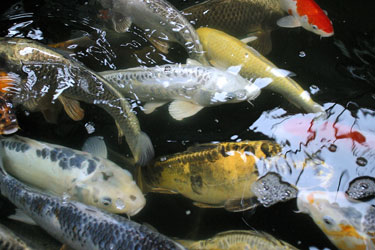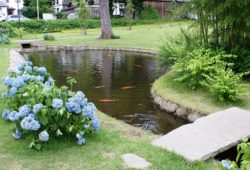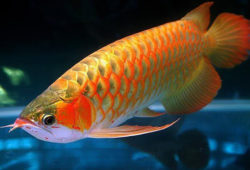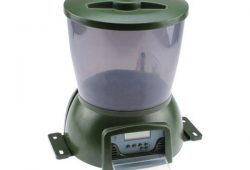How to control blanketweed in ponds
The aim of the article is to provide you with some material on How to control blanketweed in ponds.

Fact file: Blanketweed
While it is often considered a single entity, there are actually several different types of blanketweed including Rhizoclonium, Spirogyra and Vaucheria.
Blanketweeds are long stringy, filamentous algae that can reproduce sexually and asexually. When conditions are right, they can rapidly overgrow a pond, smothering plants and blocking pump inlets.
Besides looking horrible and making maintenance a hassle, they can also remove large quantities of oxygen from the pond during the night, which could cause problems for the fish during the summer months.
Reason for growth:
Blanketweed likes hard, alkaline water with lots of nutrients and sunlight. If you feed heavily, have lots of fish, or have an overstocked pond with inadequate filtration you’re probably more likely to suffer from blanketweed.
Phosphate is the main nutrient involved, but nitrate can also cause problems in overstocked ponds.
Reproduction:
When conditions are right for growth, blanketweed reproduce asexually through fragmentation. Here, bits simply drop off when the strand gets too big and form a new colony.
At certain times blanketweed reproduce sexually. The individual strands are made from individual cells arranged end-to-end, with some smaller cytoplasmic threads hanging off the sides. When cells rest against each other, small projections grow out of the sides and the cell walls break down and
fuse. This basic form of sexual reproduction results in zygotes which float off and form new strands of blanketweed.
Prevention:
Test your water for signs of nitrate and phosphate, and make partial water changes to reduce the levels. Top up with dechlorinated tapwater. Don’t overstock or overfeed and make sure you remove any decaying material from the pond. You could try shading the pond to minimise the amount of light reaching the algae.
Action:
If you add an algicide to a pond containing lots of blanketweed it will create a massive amount of pollution, which could cause fish health problems, and will almost certainly result in more algae a few weeks later.
Remove as much blanketweed as you can using a blanketweed removing tool, or simply wind it round a stick or broom handle. Once you’ve treated with an algicide, remove any dead algae before it decomposes. Make sure you leave the filter running all the time (especially at night), otherwise the water will become deoxygenated.
Treatment:
Neither UV clarifiers nor barley straw are effective in the control of blanketweed. However, there are a dozens of chemical treatments on the market – some more effective than others.
Unfortunately, the effects of most algicides are short-lived, and unless you remove the blanketweed the product kills you’ll need to treat again in a few weeks.
Magnetic controllers can minimise the growth of blanketweed – often with spectacular results. They don’t work on every pond, so at 40 upwards they could be a bit of a gamble.



